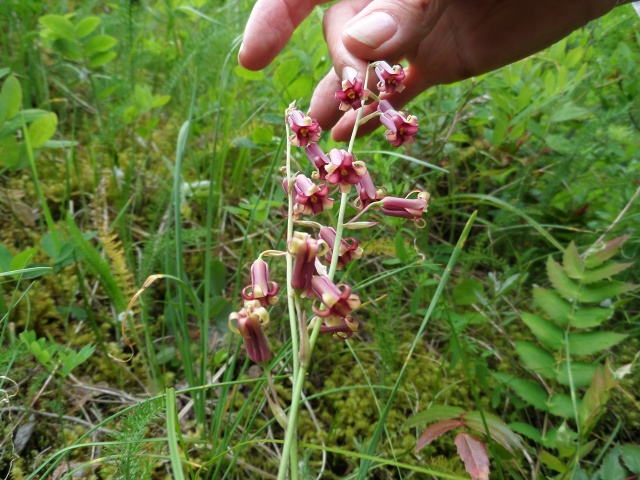Meadow death camas
Also called: Common Death Camas, Deadly Zigadenus, Meadow Death Camas
(Toxicoscordion venenosum)
Meadow death camas is a beautiful but deadly lily.
We saw fields full of this beautiful flower.
This is sometimes found interspersed with the edible camas.
Native tribes often removed it from the camas
beds while both were in bloom. The bulbs of both are similar and in the fall when the
bulbs are harvested, one can not tell the deadly bulbs from the edible bulbs.

